If you’re tired of a frustratingly unorganized and dysfuntional fridge and long for a tidy, ready-to-use, inviting refrigerator, then this post is for you. Here are ten tips to getting and keeping an organized fridge.
1. Measure Your Shelves
Measuring the depth and width of each shelf will make sure you effectively use all the space provided on each shelf. There’s nothing more frustrating than having bins too short and a gap between them and the back of the fridge.
2. Use Correctly Sized Bins
The right sized clear acrylic bins and trays will allow you to see without labelling and allow more organization freedom for oddly shaped items while still keeping them contained.
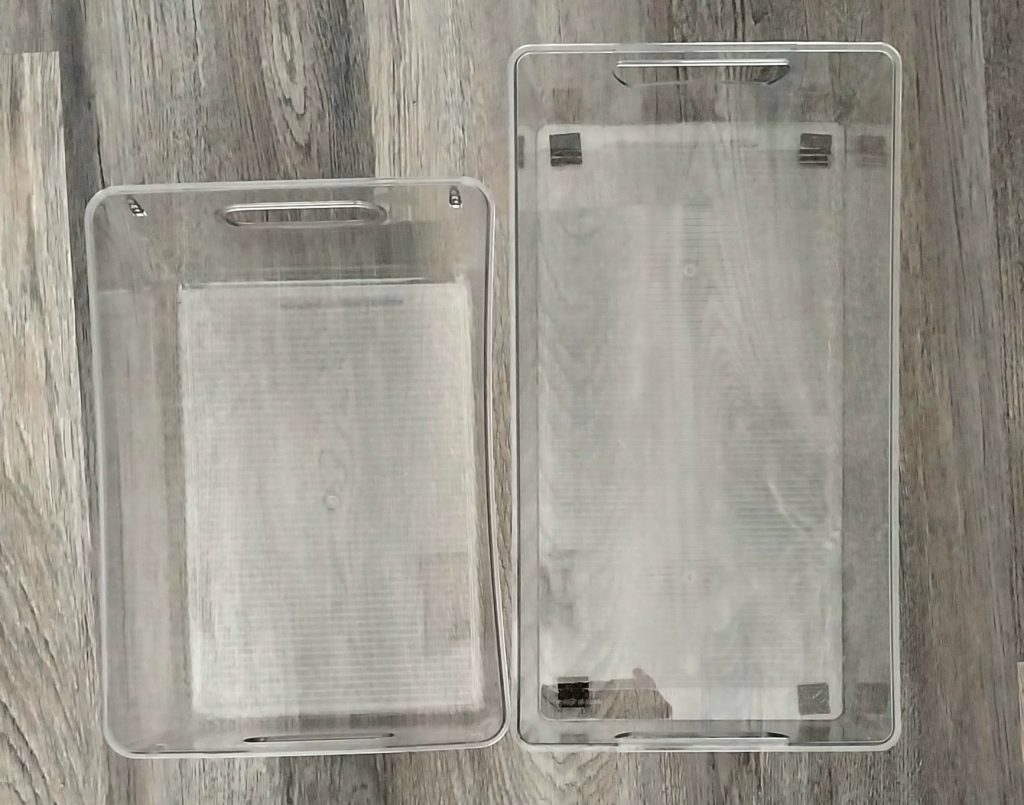
2. Use Clear Bins
Clear bins reduce the need for labels allow you to see items at a glance. Store appropriately sized items in clear bins and make sure never to overstuff them.
3. Use Dividers
Divider trays file food items making food more accessible and easier to see. Get one with rollers that allow you to pull out the tray to make grabbing food even easier. Drawer dividers will keep items from slipping around in those wide spacious drawers that span the width of the fridge.
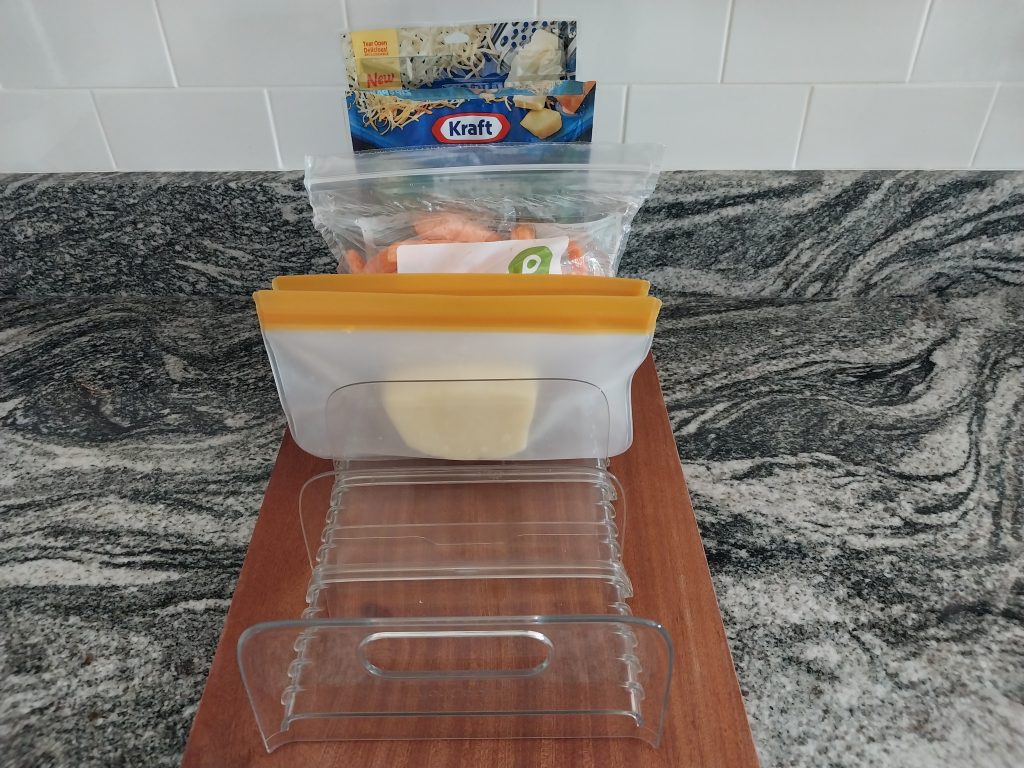
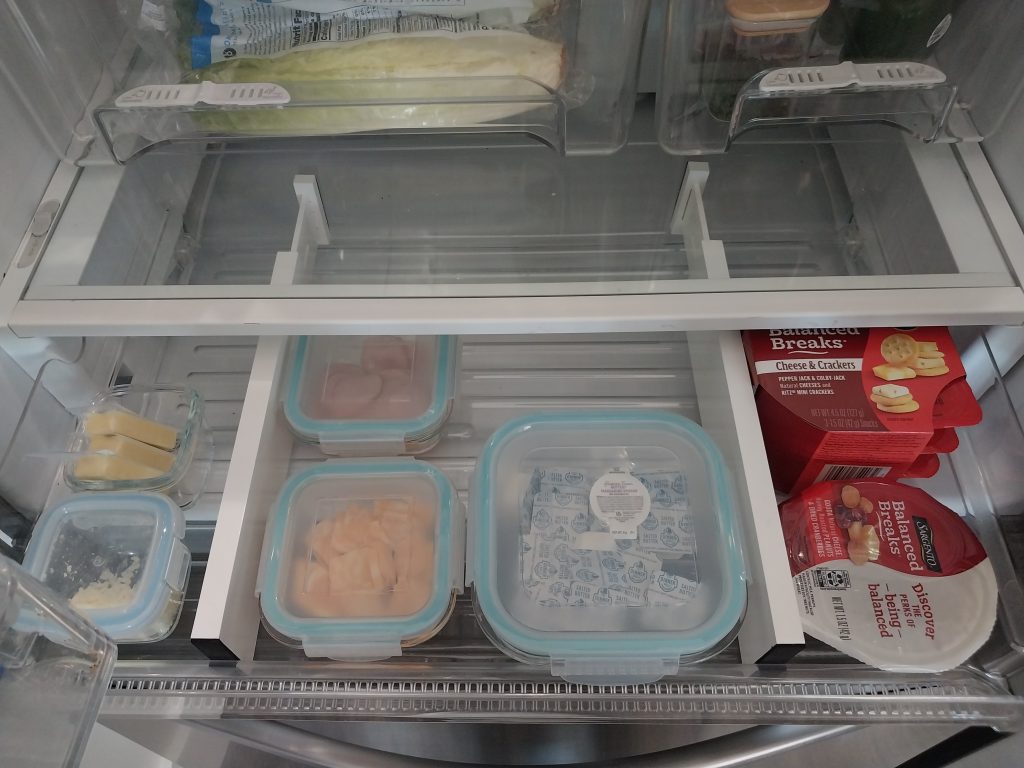
3. Group vs Categorize
Catergorizing usually requires labels and labels restrict your ability to maximize on available space. Group items by size versus by category that way you won’t have to figure out how to keep butter with milk or eggs with cheese and the like.
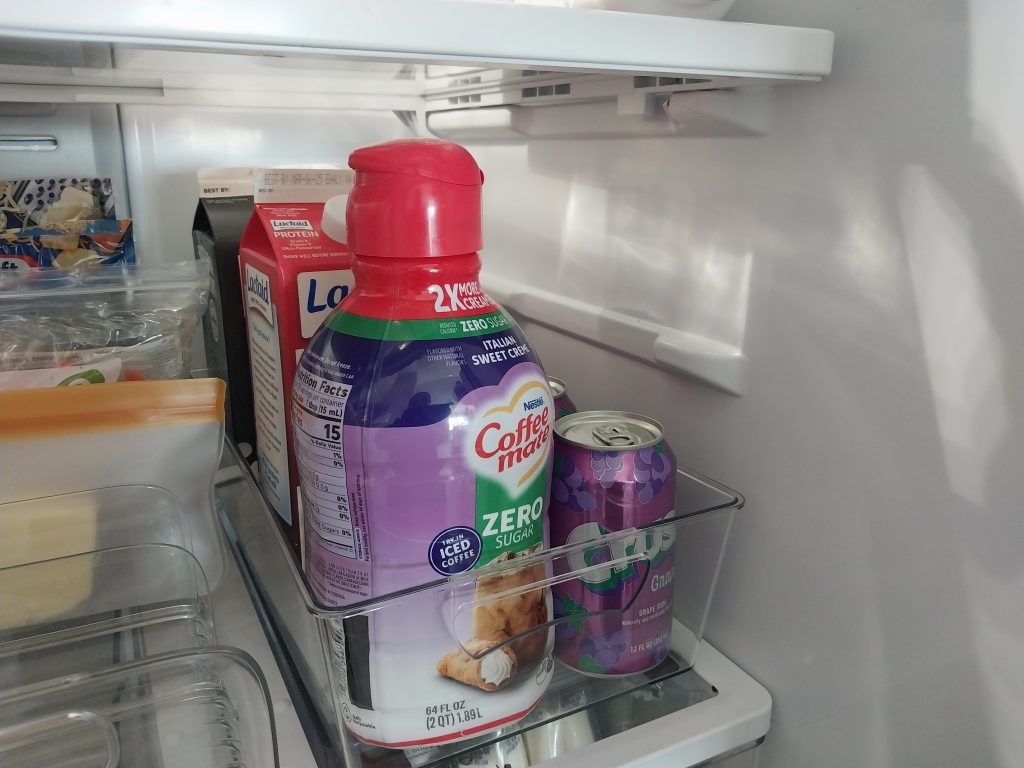
4. Keep Inventory
Take a picture of your fridge before going to the store; this will help you to get only what you need instead of purchasing duplicate items because you don’t remember what’s in the kitchen.
5. Repackage to Reduce Size.
After dinner, instead of putting a huge roasting pan in the fridge to take up precious space, try slicing, halving, or quartering food to fit in a gallon bag/bowl or two. The same goes for food brought from the grocer; break packs of meat down into the size that you will cook later; this makes them easier to store and access in the future. Take it a step further by seasoning meats before storing them in the freezer.
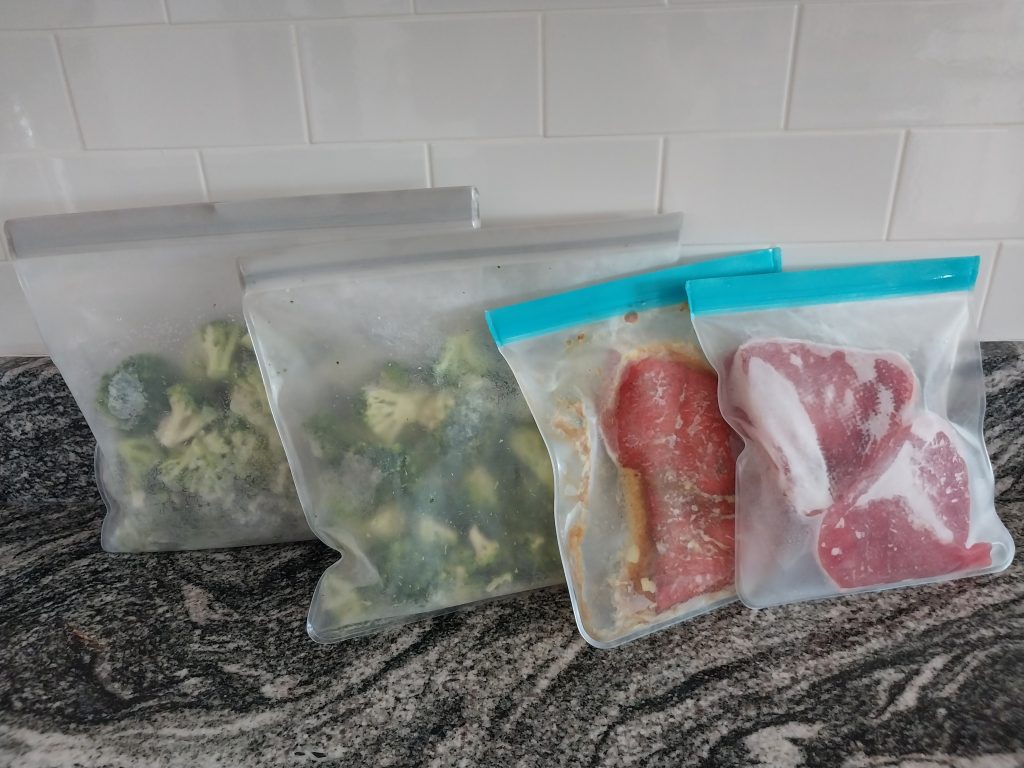

6. Rehome and Rearrange Regularly
If something new doesn’t fit, repackage and rehome it. If the turkey is almost finished, it makes no sense in leaving it in that huge roasting pan and cramming it back into the fridge. Make room for it by transferring it into a silicone gallon bag and storing it in a drawer or space suitable for it’s size.
7. Store Food In Serving Sized Containers
Similar to repackaging items, store side dishes in serving size bowls; this makes logging calories easier since you know exactly how many ounces each bowl is and it makes preparinga plate of leftovers a breeze for the family. Just grab a bowl of sides, put it on a plate and pop it in the microwave. No more spreading large cooking dishes across the kitchen counter and breaking out the cooking spoons to make a plate of leftovers.
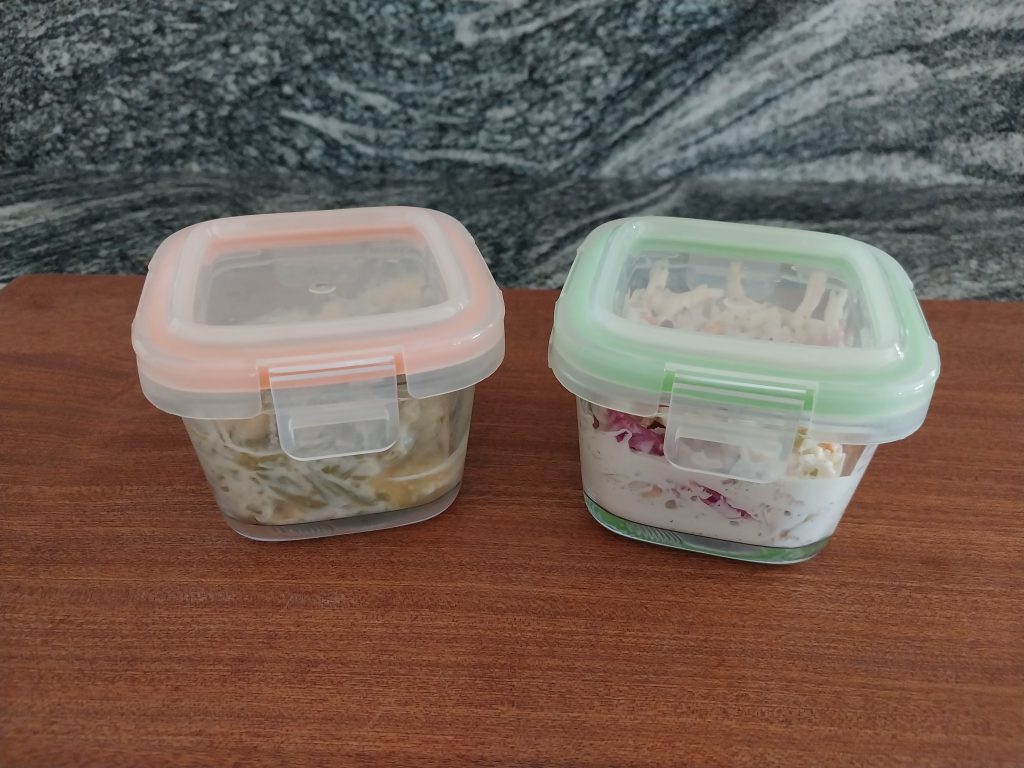
8. Attach Extra Drawers
Attach drawers to shelves to maximize the vertical space in your fridge. The drawers are great for small items like cheese, jello/pudding cups and other small snacks.
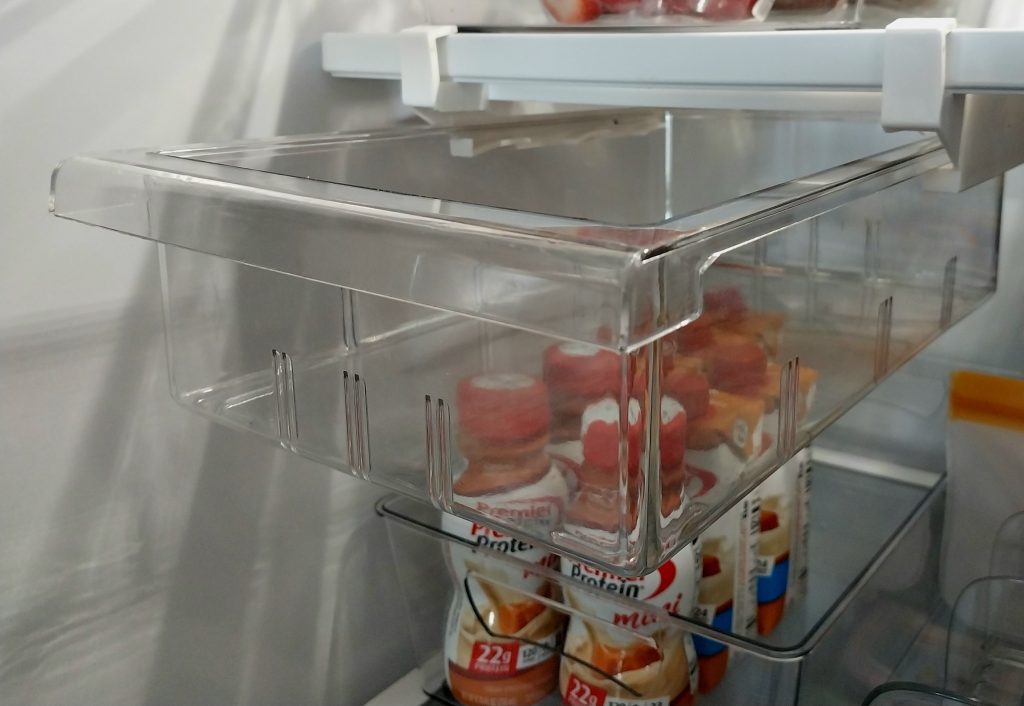
9. Eat Those Leftovers!
One of the best ways to make space in your fridge is to eat your leftovers in a timely manner. Keep two, no more than three cooked meats and sides ready to reheat and eat at any time. More than three will create clutter and chaos and any less than two will get boring. With two to three meats and sides, family can mix and match meals to keep meal times newish and interesting without the need to cook as often.
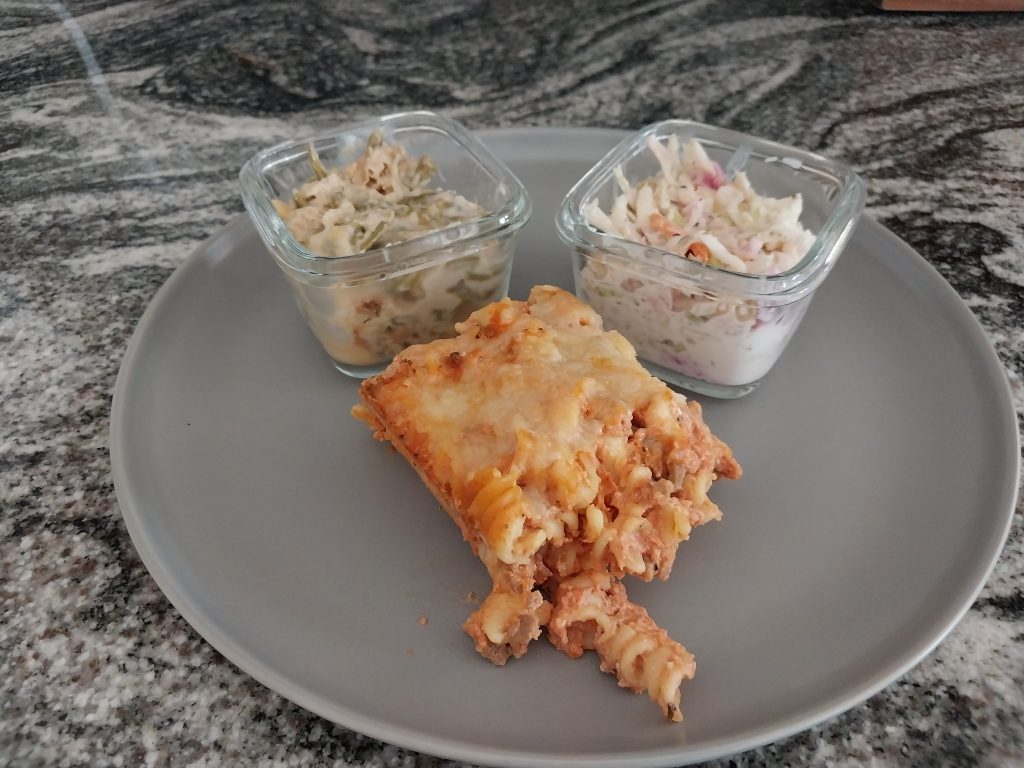
10. Keep Yourself and Others Accountable
Labels aren’t the only way to stay accountable for your fridges organization. Putting things back, repackaging foods, and keeping inventory are intentional deeds that must principled into your lifestyle. Correct mistakes in a timely manner; if your energy won’t allow you to process food now, put it at the top of your to do list for the next morning. If family leaves things out of place, re-school them promptly and lovingly, of course. It takes collective effort to keep an organized and functional fridge.